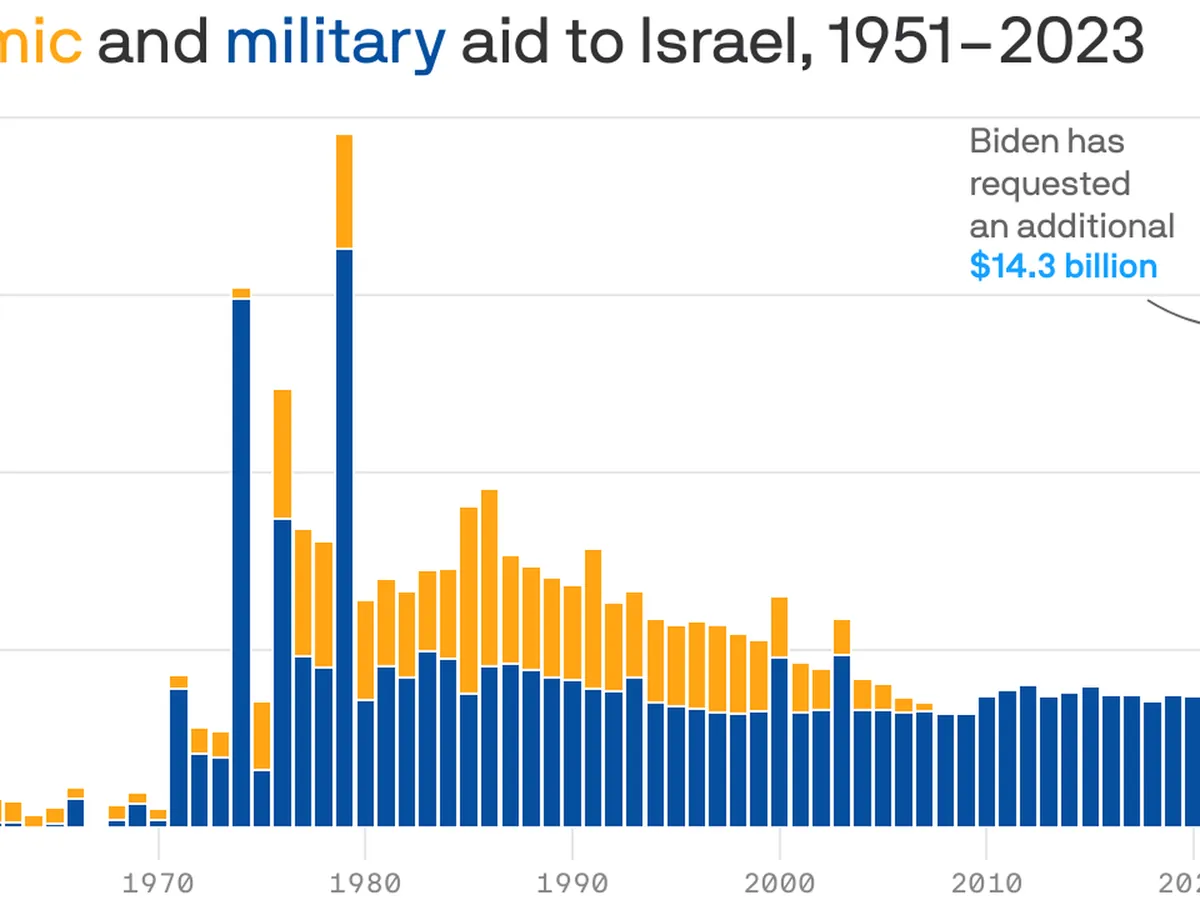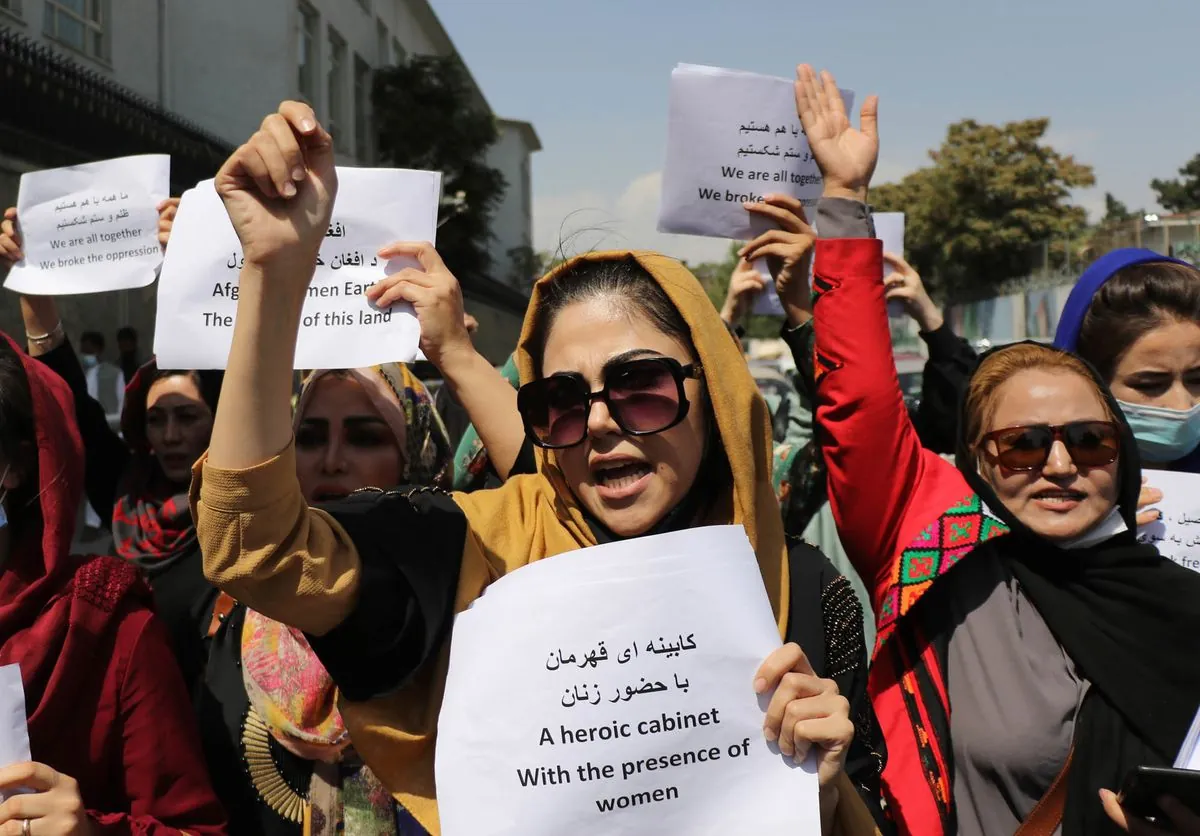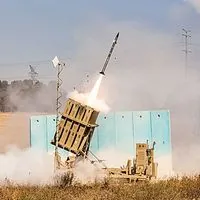U.S. Spends Record $22.8 Billion on Israel Aid and Middle East Operations
A Brown University report reveals unprecedented U.S. military aid to Israel and increased regional operations since October 2023. The financial toll accompanies significant human costs in ongoing conflicts.

In the year following the October 7, 2023 attacks by Hamas on Israel, the United States has allocated an unprecedented $22.8 billion in military aid and operations in the Middle East, according to a recent report by Brown University's Costs of War project. This substantial financial commitment underscores the complex geopolitical landscape and the U.S.'s strategic interests in the region.
The report indicates that $17.9 billion was directed towards military aid to Israel, marking the highest annual amount in the history of U.S.-Israel relations. This figure surpasses the annual $3.8 billion agreed upon during the Obama administration, set to continue through 2028. The aid package includes a diverse array of military equipment and support, from replenishing Israel's Iron Dome missile defense system to providing precision-guided munitions.

An additional $4.86 billion was allocated to enhanced U.S. military operations in the region. This includes efforts to counter attacks on commercial shipping by Yemen's Houthis in the Red Sea, a conflict that has become unexpectedly complex and costly. The U.S. Navy's operations in this area have been described as the most intense sea battle since World War II, with American forces deploying advanced military assets against relatively inexpensive Houthi drones.
"No administration has helped Israel more than I have."
The financial toll is accompanied by a significant human cost. The Gaza Health Ministry reports nearly 42,000 casualties in Gaza since the conflict began, while over 1,400 lives have been lost in Lebanon due to expanded Israeli strikes. These figures highlight the devastating impact of the ongoing hostilities on civilian populations.
The U.S. military presence in the Middle East has fluctuated in response to regional tensions. From an initial 34,000 personnel on October 7, 2023, the number rose to approximately 50,000 by August 2024, with two aircraft carrier groups deployed to the region. This increase in military assets reflects the U.S.'s commitment to maintaining stability and protecting its interests in the area.
The conflict has had far-reaching consequences beyond the immediate region. The Suez Canal, which handles about 12% of global trade, has been affected by the instability, causing disruptions to international shipping routes. The U.S. Fifth Fleet, headquartered in Bahrain, has been actively involved in operations to secure these vital waterways.
The report also sheds light on the challenges in obtaining comprehensive information about U.S. military aid to Israel. Unlike the publicly documented assistance to Ukraine, researchers noted difficulties in accessing full details of aid provided to Israel since October 7, 2023, citing administrative efforts to obscure the complete picture.
As the conflict continues to evolve, with Israel opening a second front against Hezbollah in Lebanon in late September 2024, the financial and human costs are likely to increase. The situation remains fluid, with potential implications for regional stability and global geopolitics.
The unprecedented level of U.S. military aid and involvement in the Middle East underscores the complex nature of international relations and the ongoing challenges in achieving lasting peace in the region. As the world approaches the one-year mark since the outbreak of hostilities, the international community continues to grapple with the far-reaching consequences of this protracted conflict.


































